I've read a few other questions on here which helped me understand analog FET switches better but I still have a couple of questions/clarifications which I'd like to understand better.
Consider a supply of 9 VDC with an AC guitar signal. With reference to the below circuit:
- Is R37 necessary? I know that it is there for biasing, but I did an LT Spice simulation without it and the circuit worked the same. I understood that R38 is necessary to have a fixed DC voltage, else the NMOS would conduct on the negative portion of the AC wave.
- What is the purpose of D4 at the gate? I think that the RC combo adds some filtering, but I'm still unsure about the pof D4 in this case.


